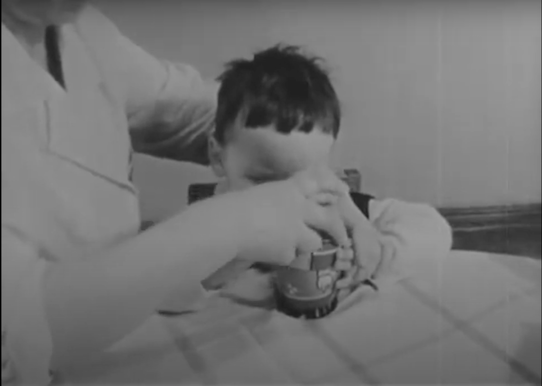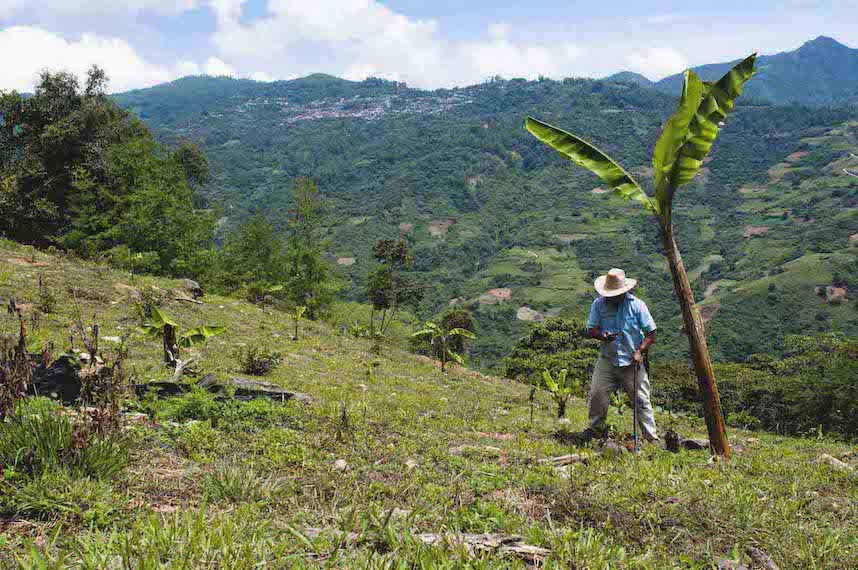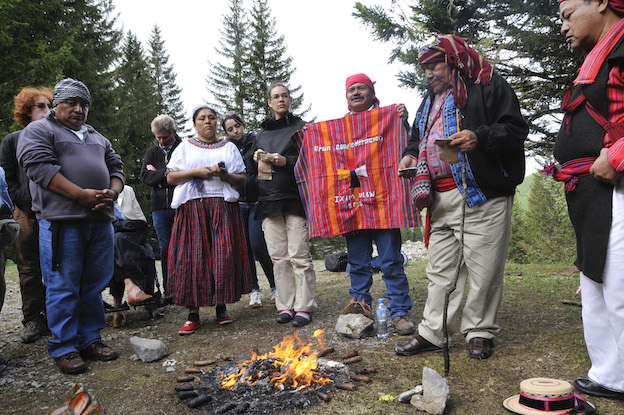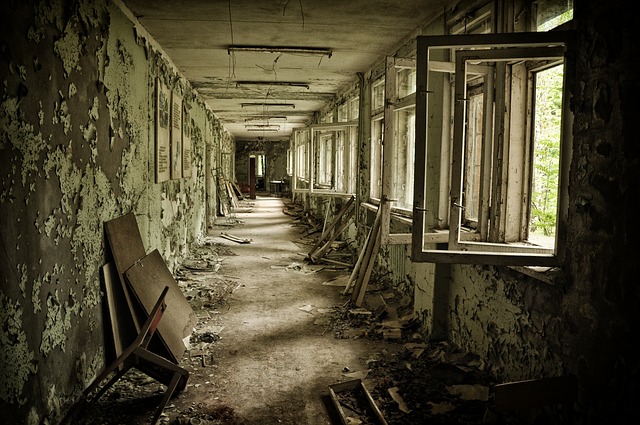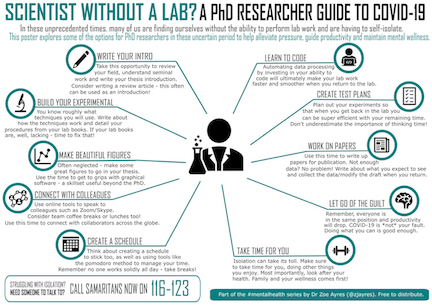
The Work it Takes to Stop Working: Productivity in Labs and Sugarcane
In spring of 2020, thousands of scientific labs across several continents shut down. What was deemed “non-essential” research was ramped down and/or paused in an effort to stop the spread of the coronavirus, and in some cases direct resources to Covid-19 research instead. Speaking with scientist friends and interlocutors in both Brazil, where I was carrying out research, and the US, where I’m from and have worked in labs myself, there was much discussion about what work to do in the meantime to continue progressing theses, dissertations, and research projects—in other words, to maintain productivity. On Twitter, numerous threads under the hashtag #phdlife offered advice and encouragement to “scientists without a lab,” as one graphic put it: (read more...)



